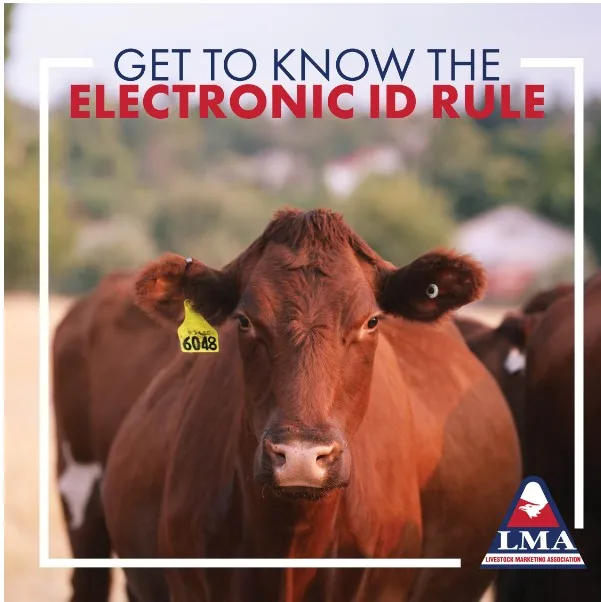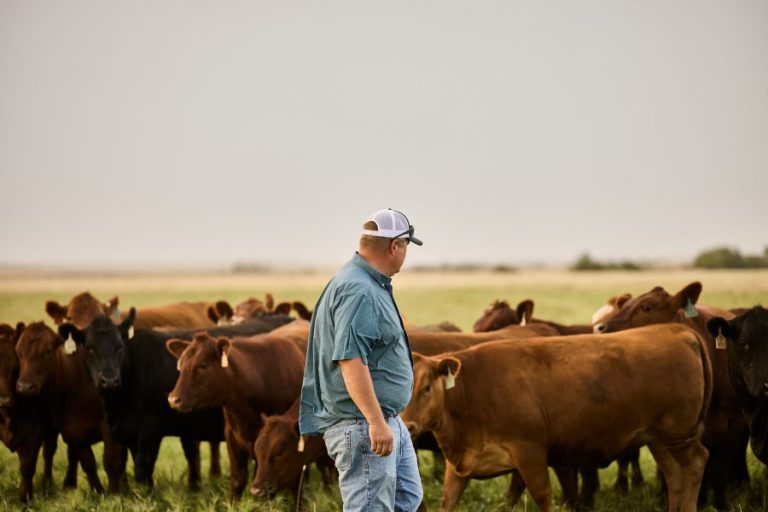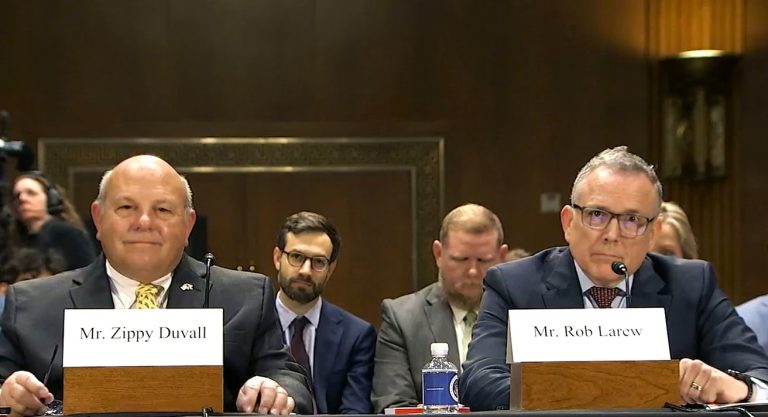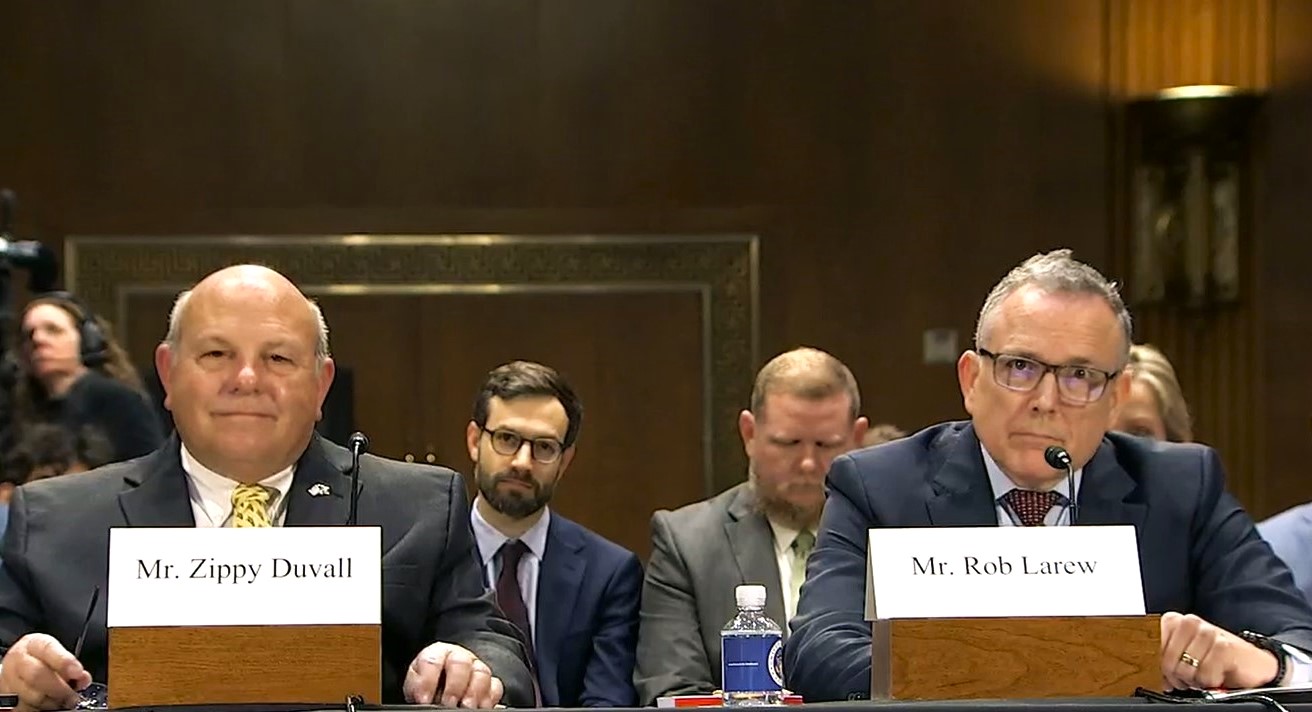The new rule, which has taken on more importance due to H5N1 avian influenza in dairy cows, is set to take effect in early November. But ranchers and farmers are raising concerns.
WASHINGTON, D.C. – In April, the U.S. Department of Agriculture’s (USDA) Animal and Plant Health Inspection Service (APHIS) announced the final rule that amends and strengthens its animal disease traceability regulations for certain cattle and bison. This rule will come into effect on Nov. 5, 2024.
The rule requires official eartags to be visually and electronically readable for official use for interstate movement of certain cattle and bison. It also revises and clarifies certain record requirements related to cattle.
APHIS has received many questions from producers and created a fact sheet to clarify the new rule:
MYTH: There is a shortage of electronic identification (EID) eartags.
FACT: There are no manufacturers’ shortages. Manufacturing and shipping capacity is adequate for the projected number of cattle requiring official identification for interstate movement. APHIS distributed tags based on 2022 National Agricultural Statistics Service Census of Agriculture data on cattle and bison population numbers. The allocation of 8 million EID tags was separated out to allow all States to order tags in an amount equal to their cattle population percentage.
MYTH: Even if they don’t currently require an EID tag, I should tag all my animals now since EID tags will eventually be required anyways.
FACT: Producers should only tag animals that are subject to the 2024 rule when using the EID tags provided at no cost by USDA. Tagging animals that are not subject to the rule with USDA-provided tags may lead to shortages of those tags. Owners who wish to tag all their animals may purchase at their own expense additional EID tags directly from a manufacturer or distributor.
MYTH: All my animals require an EID tag, including those with a visual eartag that was applied before Nov. 5, 2024. FACT: The rule applies only to the interstate movement of the following categories of cattle and bison:
- All sexually intact cattle and bison 18 months of age or older.
- All dairy cattle of any age
- All cattle and bison of any age used for rodeo, exhibition, or recreational events
If your animal has a visual only official identification tag applied prior to Nov. 5, 2024, you are not required to apply an electronically readable tag to the animal. All visual-only official identification tags applied to cattle and bison prior to the date the rule is effective will be considered official identification for the lifetime of the animal.
MYTH: I have to use a specific type of EID tag, and I must use a specific color in certain cases. For example, I have to use an orange tag for brucellosis vaccinates.
FACT: Owners can use, and States may distribute, any type or color of officially recognized EID tag that is available. The regulations do not require orange tags for brucellosis vaccinates. APHIS will attempt to meet owner’s preferences; however, we cannot guarantee the availability of a certain EID tag make or color.
MYTH: My animals were previously tagged with a specific colored tag. I’ll need to get new tags in a different color for a new purpose.
FACT: An animal with an official ID of any type or color does not need to be retagged for any reason.
MYTH: My data isn’t safe. EID tags hold owner specific information. Even if APHIS and State animal disease traceability databases are not public databases, all Federal and State officials will have access to my information.
FACT: Producer data confidentiality is highly valued and protected by law. An EID tag is encoded with a number, but no owner-specific information. The USDA database collects only the tag number and refers back to a premises ID number. The database does not collect names, addresses, or other personal information. Access to identifying information is limited ONLY to Federal, State, and/or Tribal regulatory officials who meet strict permissions and security requirements AND need to conduct disease tracing activities. State animal health officials only have access to information held within their own states. Producer information gathered by USDA through animal disease traceability efforts is treated as information maintained under existing disease program regulations and, therefore, is exempt from provisions of the Freedom of Information Act.
MYTH: On Nov. 5, 2024, APHIS will implement a new way of enforcing requirements with stricter penalties for violations.
FACT: The rule did not change how APHIS will monitor compliance. It did not change penalties for violations. Contact your State veterinarian for guidance if you are unable to meet the compliance requirements by Nov. 5, 2024.
You can find more information about the animal disease traceability program on the APHIS website.
Email questions to [email protected]. You can also contact your State animal health official to learn more about your State’s traceability activities and requirements.














